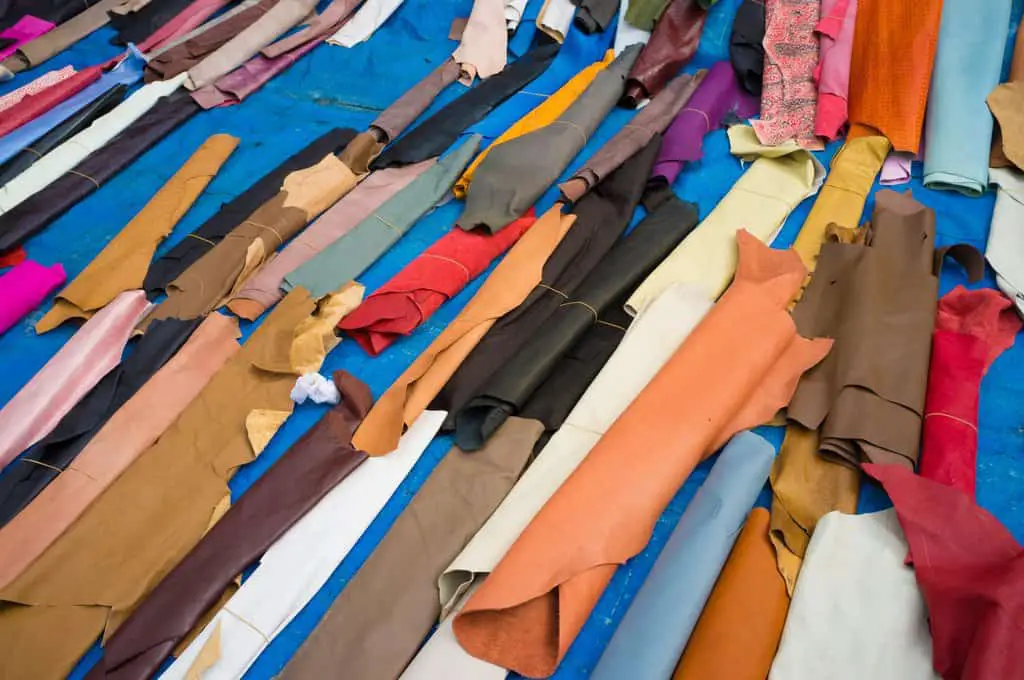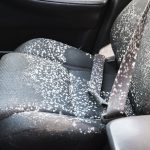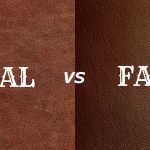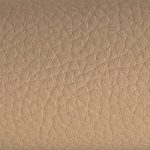You’ve probably heard companies throw around the word “recycled leather” as marketing buzz. If you’re wondering what recycled leather is all about and whether it’s something you’d want to buy, you’ve come to the right place. We’ll tell you what recycled leather is, how to take care of it, and if it’s worth buying.
What is recycled leather?
Recycled leather is usually made of recomposed leather scraps from leather tanneries or shops. Instead of being thrown away, the scraps are bought by manufacturers where they can break them down and reconstitute them with a binder and add a layer of faux leather (polyurethane) texture on top to seal it.
Is recycled leather real leather?
Technically, you can’t call recycled leather real leather. In most cases, recycled leather only makes up about 50% of the total materials in the finished product. It does contain real leather, but it cannot be considered as such since it is not pure leather. It is coated with faux leather to protect the leather composite from being exposed to the elements and breaking down quickly.

Where can you buy recycled leather?
If you want to buy sheets of recycled leather, there are many manufacturers online. However, it might be difficult to find it locally as the process of recycling leather is more common in Asia than in the USA.
There are a few recycled leather companies that you can buy stock from, like Recyc Leather and Eco Park. However, due to the nature of these businesses, it might be difficult to buy in small batches. If you want to buy recycled leather stock in small batches as a hobby leather crafter, your best bet would be to check online stores like Amazon or Alibaba.
When it comes to buying recycled leather products, it’s best to go to your favorite brands and ask if they stock up on recycled leather products. If you don’t know any brands, you can do some research on brands that are focused on sustainability and fit the ecological standards of a business that you would be proud to buy from.
How to take care of recycled leather
Recycled leather is cared for quite similarly to faux leather. For the most part, the only exposed part of the leather is the polyurethane layer and the recycled leather composite is underneath and hidden.
Waterproofing sprays
The sun is faux leather’s greatest enemy. While recycled leather does contain real leather, the surface material is identical to what they use in faux leather. It’s best to use faux leather protector sprays in order to stop the sun from damaging and shortening the lifespan of the polyurethane coating.
These sprays usually come with the main function of being a waterproofing spray, but the best ones come with UV protection to make the polyurethane surface last longer .
Proper storage
As underneath the polyurethane surface is real leather and not a synthetic fabric, it can still suffer from mold and mildew growth. This can be especially bad as the leather is underneath so you won’t be able to clean it easily if mold starts to grow underneath, you won’t even see it.
It’s best to prevent mold and mildew altogether through proper storage. Besides waterproofing sprays, you should also dry off your recycled leather item before storing it. Drying it off might not be enough, however, and it is best to use a dehumidifier in your closet to avoid moisture from building up and growing mold over time.
Mineral oil
Mineral oil is a great way to protect your faux leather from cracking and peeling by protecting it from UV rays and letting the polyurethane stay lubricated. This also helps lessen the squeakiness of faux leather, making it a lot less annoying to use.
Properties of recycled leather
If you’re thinking about switching or trying out recycled leather for a change, here are some things that you should know:
The durability of recycled leather
The durability of recycled leather is much lesser compared to real and genuine leather. Its longevity varies, but recycled leather can begin cracking or peeling in as fast as a few months or a couple of years. However, there are many products in the market today that come from recycled leather which are scratch-resistant and made to be more sustainable than traditional leather.
Pros and cons of recycled leather
To help you weigh out your options, here are some of the positive and negative aspects when of recycled leather:
Pros:
- It is cheaper than real leather and has a smoother texture
- You can get various styles and colors of bonded leather
- It still smells similar to genuine leather
Cons:
- It only contains about 20-50% real leather
- It’s not as durable compared to real leather materials
- Bonded leather can easily scratch or peel away over time
- It can be hard to clean because some cleaners are too abrasive and will eventually strip away the recycled leather.
Is recycled leather sustainable?
Even though recycled leather doesn’t last as long as brand new real leather, it is considered by many, especially vegans, to be more sustainable since it uses less animal hide. However, the problem still persists that because it’s not as durable as real leather, your item won’t last you more than a couple of years.
Ethics of recycled leather
Recycled leather doesn’t have to come from animals who were killed just for their hide. Sometimes, recycled or upcycled leather can come from animals who died or discarded skins from the meat industry. Whatever the case, the debate whether recycled leather is ethical is still being discussed by people from all over the world.
Others might argue that it’s best to just use PU or faux leather so no animals will be harmed for the sake of the fashion industry. However, there is also a problem with the environmental impacts of using pollutants like PU or PVC for faux leather. These leather goods made from plastic materials aren’t biodegradable and will stay in the landfill for a long time while releasing chemicals that are harmful.
So is recycled leather ethical? It depends on your principles. In general, when something is recycled, you’re giving purpose or adding value to a material that is supposed to be discarded or considered useless. At the end of the day, it’s up to you to weigh out the lesser evil between using real or faux leather.
Sustainable leather is an ongoing debate and it’s very difficult to say which perspective is right or wrong with absolute certainty. However, we will respect whatever stance you will take and the decision is up to you.
Is recycled leather worth it?
If your purchase is based on ethical reasons, then it’s best to do research on the companies you’re buying from. Pollution and ecological damage comes from many places in the manufacturing process and is rarely just about the product itself.
In terms of longevity, you may way to avoid recycled leather unless you don’t plan to use it very often or if the price justifies its lifespan. The value of your money is dependent on you and the design might be worth more than its lifespan or other factors rather than just its durability alone.
We hope this has helped you be better informed about recycled leather and provided you with the necessary knowledge to make your buying decision easier.
FAQ
Does Nike use recycled leather?
Nike has a line called Nike Flyleather and it features shoes that are made from recycled leather scraps. This line was launched in 2017 in partnership with ELeather to introduce a new footwear made from recycled products. With at least 50% recycled leather and other synthetic materials, these shoes are 40% more lightweight compared to full-grain leather shoes.
Can you recycle leather?
Yes, you can recycle leather. If you have leather scraps or items made from old leather materials, you can create something by bonding those pieces together to make something new and unique. In fact, many companies are already doing this as a way to raise awareness against climate change and environmental degradation.
Is recycled leather vegan?
Recycled leather is not considered vegan because it is still made from the hides of animals that were raised for meat or other products. The process of creating recycled leather involves breaking down and repurposing existing leather products, rather than using new hides.








